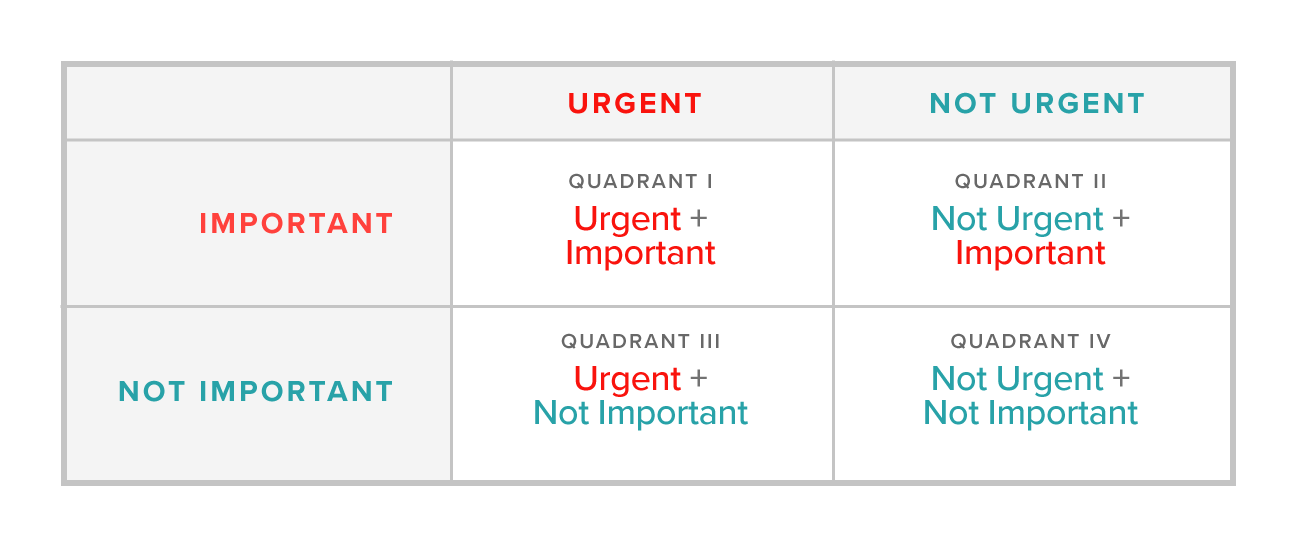
5 min read
5 Infrastructure Components for Accurate & On-Time Software Development
5 Infrastructure Components for Accurate & On-Time Software Development
A lot goes into developing and building a piece of software. But for supremely successful projects, a considerable amount also goes into building a software project infrastructure. This means setting the stage for the development of the product before coding even begins.
<< Find out more about software development methodologies that will set you up for a higher standard of success.
The truth is that many software projects get into hot water because of the tendency to rush into coding and skip some of the most crucial, foundational work that happens beforehand. If you’re preparing to launch a new or improved technology product, and you want your investment to be worthwhile, then we urge you to find a development team that will create a solid software project infrastructure before coding.
Habits for Highly Effective Software Projects
Stephen Covey, the renowned author of 7 Habits of Highly Effective People, created a time management matrix that has been used by thousands of business leaders and organizations to improve the likelihood of reaching goals. Covey’s matrix is a tool for organizing priorities according to urgency and importance.

Why not apply this to your software development project? Start by thinking long term. The biggest problem with jumping straight into the development stage is that it will yield short-term results–a completed piece of software in your hot little hands ASAP–at the expense of long-term results–software that actually moves the needle on your business goals.
If you’re interested in a truly worthwhile return on your investment, be aware that your development team will need space and time to build a strong project base before they even begin developing. A solid software project infrastructure will ensure accurate and on-time development throughout the lifetime of your project.
Creating an Infrastructure for Smooth Software Development
For many eager product managers and stakeholders, these five pre-development steps may seem like a lot of work for nothing, but they actually serve to make your software development project more efficient, organized and quality-oriented in the long run.
1. Create a test environment
This is the platform where your project will be tested. Here, your team will pull together the work of individual developers to make sure all the pieces work together as intended. This environment will change frequently, probably daily, and is subject to being “broken” at any given time due to all the activity it sees. Don’t expect to see a fully working product when you view the application in this environment.
2. Create a QA and staging environment
This will be the environment where the application is “staged” and where quality assurance testing is done toward the end of a sprint. (Read more about the role of sprints in agile software development.) You will be able to use this environment to demo your product to your stakeholders at various stages of production.
3. UI environment
To verify that your user interface will behave the way you need it to, your developers may need to set up in an isolated environment for testing the design and interface.
4. Create a pipeline for automatic build, test, and deploy
When developers add changes to the system, this pipeline will ensure that the changes instigate an automatic response. The system builds the changes into the product, which triggers a suite of automated tests to decipher any errors in the code. The system then runs a report of which tests passed and failed. From there, the code will be automatically deployed to the test environment and/or the QA staging environment where you and your team can try out the changes to the product in a real user setting.
This process is crucial to your software project infrastructure. It saves an enormous amount of time over the life of the project. It also dramatically reduces or eliminates mistakes that might otherwise occur if these steps were done manually.
5. Basic model page
For web-based projects, this simple page will communicate design guidelines, brand definition and other standards that need to be carried out on subsequent pages. It’s the model that sets the path between the web front end, the service middle tier, and the database backend.
Strong Foundations for Long-Term Results
While this might sound like a lot of technical mumbo-jumbo, it’s important to be aware of the importance of these steps. At Praxent, we communicate with you about what’s next and why. That’s because we want our clients to know what they are getting into. We don’t rush the job because we know that getting it done right will pay off more for both of us in the long run.
Does your development team work like this? Or are they more concerned with a superficial treatment of your project, regardless of the long-term results?


Leave a Reply